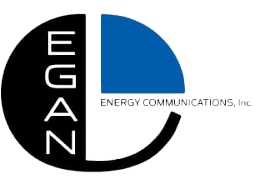[cs_content][cs_element_section _id=”1″ ][cs_element_row _id=”2″ ][cs_element_column _id=”3″ ][cs_element_text _id=”4″ ][cs_element_accordion _id=”5″ ][cs_element_accordion_item _id=”6″ ][cs_element_accordion_item _id=”7″ ][cs_element_accordion_item _id=”8″ ][cs_element_accordion_item _id=”9″ ][cs_element_accordion_item _id=”10″ ][cs_element_accordion_item _id=”11″ ][cs_element_accordion_item _id=”12″ ][/cs_element_accordion][cs_element_headline _id=”13″ ][cs_element_text _id=”14″ ][/cs_element_column][/cs_element_row][/cs_element_section][/cs_content]

